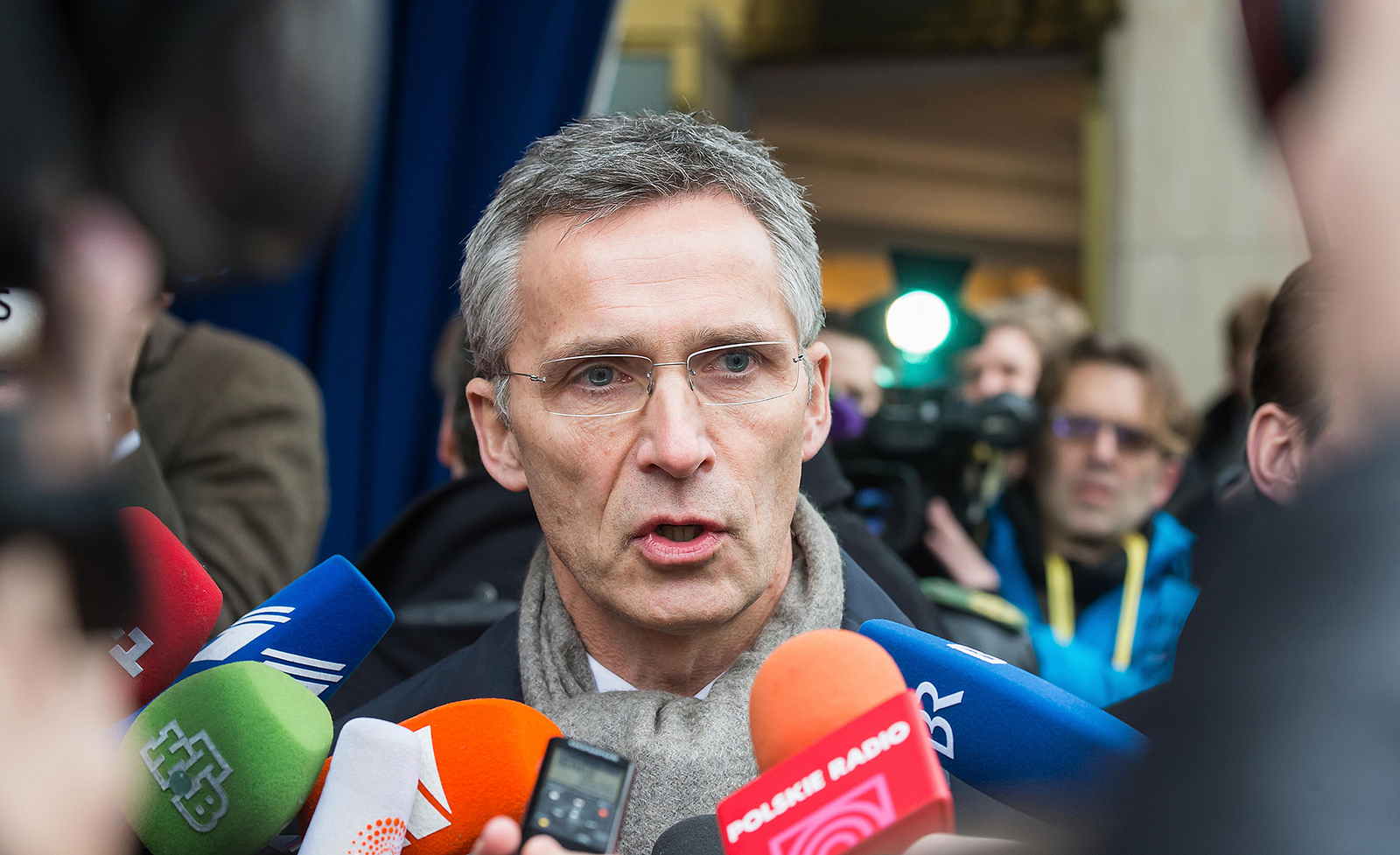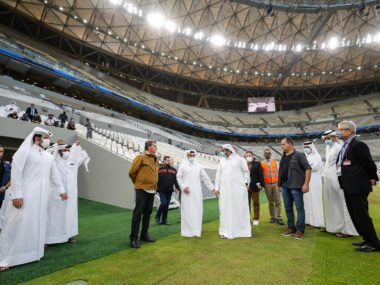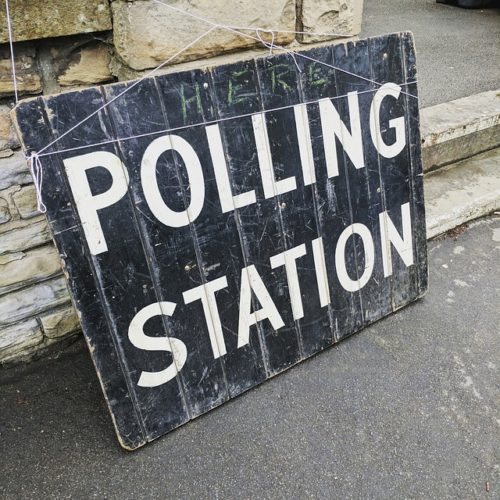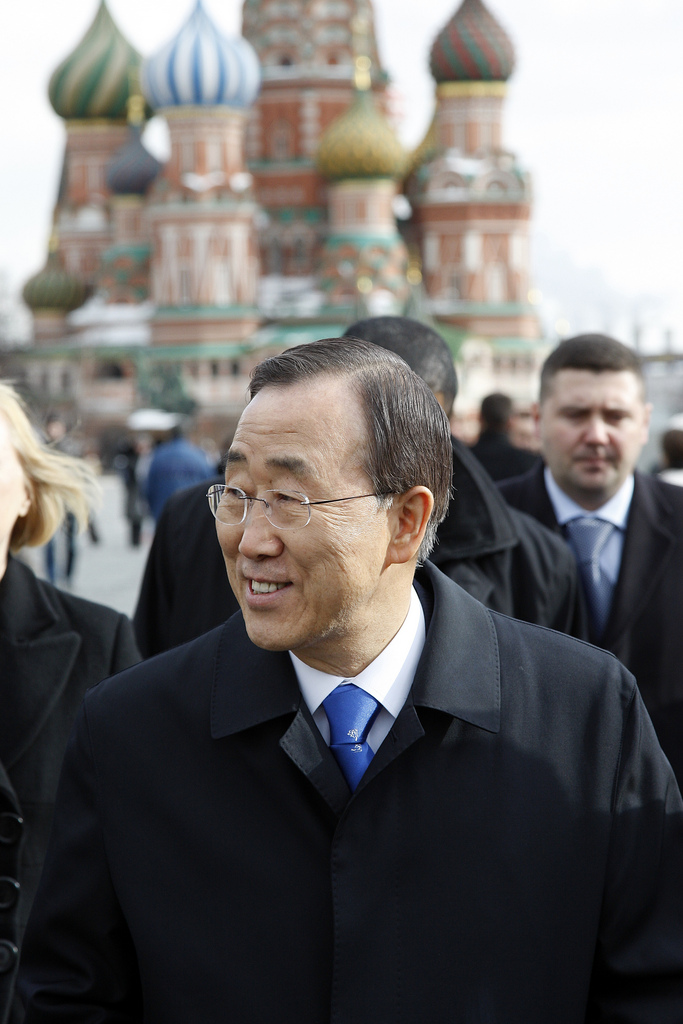By Cassy Dorff, Faten Ghosn, Alex Braithwaite, and Andrew Linke for Denver Dialogues
In 2015, the UN stated that the number of people forced to flee war is expected to surpass 60 million, suggesting that violence-driven instability will lead to a record high of asylum seekers in 2016. The UN high commissioner for refugees has argued that humanitarian groups are no longer able to meet the minimum basic needs of refugees. This symposium examines the different intersecting political elements of the current refugee crisis and its influence on violence around the world. Our contributors include three members of the Four Corners Conflict Network: Faten Ghosn and Alex Braithwaite, both Associate Professors at the University of Arizona’s School of Government and Public Policy, and Andrew Linke, Assistant Professor in the Department of Geography at the University of Utah in Salt Lake City.
DORFF: Migration has been a major component of human life for hundreds of thousands of years, brought on by both environmental and socio-political disasters. Can you place the recent surge of migration in context for us? What constitutes it as a crisis?
GHOSN: What we are witnessing today in terms of migration is not necessarily new. However, the rise in population growth (almost 5.5 Billion in the 20th century alone), consequences of climate change (such as the rise in temperature and sea levels), as well as unresolved conflicts, have intensified and exacerbated the conditions of individuals living in poverty and war zones. Since 9/11 two major wars have been raging on in the Arab and Muslim world (Iraq and Afghanistan). These wars have not only impacted the inhabitants in the conflict zones but have also led to spillovers of violence as well as massive migration of people into neighboring countries. Fourteen years later, the conditions in Afghanistan and Iraq have gotten worse, and the political, economic, as well as security problems have intensified in the whole region, especially with the outbreak of civil war in Libya, Syria and Yemen. Two important factors have intensified the crisis: first, the majority of those coming into Europe are Muslim. Given the surge in attacks in Europe by Al Qaeda and ISIS, this has intensified the tension between the refugees and the local population. Second, a majority of those fleeing to Europe are coming from war zones that do not seem to be waning any time soon, leading many to fear that there will be more refugees in the years to come (i.e. mass flight). Therefore, the mass flux of Muslim refugees has created a crisis in the Western world.
BRAITHWAITE: The present situation represents the largest mass migration and refugee crisis since the Second World War. This visualization demonstrates the growth in the refugee population over the last four decades or so. There are a number of factors that make it especially troubling. First, it is comprised of refugees from multiple conflict zones, as demonstrated by this especially impressive visualization. Certainly the Syrian population is the largest among the refugees currently on the move; however, there are also large flows of people out of Iraq, Afghanistan, Pakistan, Somalia, and elsewhere. Second, the refugees are ultimately targeting a wide variety of destinations. This means that there are at least eight significant routes being followed by these populations into Europe. This has created a series of public policy problems that we don’t yet have a handle on. Third, and perhaps a little more cynically, one could argue that the current situation—especially as it relates to flows of refugees out of Syria—is somewhat unique because it has the potential to more directly affect the West than have earlier refugee crises. The vast majority of news coverage and the policy debate focuses on the relatively small proportion of individuals entering the European and North American continents, neglecting those refugees that remain in Syria’s neighborhood.
DORFF: What do you see as the most pressing concerns within the broader refugee crisis?
BRAITHWAITE: Two concerns stand out. First, now that Western Europe and North America are on alert, we seem to have forgotten about the fact that the vast majority of refugees remain in Syria’s neighboring states—Turkey (more than 2.5 million), Lebanon (more than 1 million), Jordan (650,000), and Iraq (250,000). According to the UNHCR, there are as many as 250 refugees per 1000 inhabitants in Lebanon. This places considerable strain on public resources and also exacerbates tensions between competing ethnic and political groups. Turkey is also demonstrating the effects of this strain on resources and public goodwill; we have seen the Erdogan government beginning to exploit the crisis to execute questionable domestic and foreign policies.
BRAITHWAITE: Second, the public relations battle is key. Initially arrivals of refugees in Europe were met, in some areas—Austria and Germany, for instance—with open arms. Since then, however, rhetoric has turned increasingly ugly. The Paris attacks, as well as those in San Bernadino, CA, have for some highlighted a potential threat to Western security. This “threat” is increasingly being characterized as part of a broader identity-based conflict.
GHOSN: The most pressing concerns within the broader refugee crisis relates to both resources as well as identity politics, but it depends on which part of the world is being directly impacted by it. If you think about the countries in the Middle East that have hosted the majority of the Syrian refugees (especially Lebanon and Jordan) the major issue facing them is the drain that this is placing on their treasury. This in turn means that they have fewer resources for their own populations, which then creates political and security concerns for these small states.
With respect to the Western countries, the major concern for them is the fact that the majority of the refugees are non-Christian. If we combine this with what is going on around the world in terms of conflict and economic crises, then the reaction in the West is not surprising.
Linke underscores the importance of identity:
LINKE: Militant conservative reactions to the arrival of refugees in Europe (for example, the appearance of the Finnish-Nordic “Soldiers of Odin,” or anonymous attacks on asylum centers in Sweden and other countries) are typical examples of non-governmental efforts to police a territorial interpretation of ethno-national identity. To the extent that many Central Americans are fleeing extreme drug cartel violence, an analogous response in the United States would be Minutemen Project patrols along the southern U.S. border that are designed to deter immigration. Historically in South Africa similar attacks have been launched against those fleeing Zimbabwe. Human geographers describe these activities, which are intended to shape interactions among individuals and groups through control of geographic space, as expressions of territoriality (see Human Territoriality: Its Theory and History by Robert Sack, for example). Contentious identity politics too often transform into violence and this is especially so when access to territory is defined along exclusive ethnic and/or religious lines rather than an inclusive civic rationale.
DORFF: Given what we know about the contagion and diffusion of conflict, what are your expectations for spillover effects to states in regions such as north and central Africa?
BRAITHWAITE: Existing research tells us that we should expect that the negative externalities of conflicts will spill across borders and that the tactics of the conflicts in Syria and Iraq will be emulated by actors elsewhere (see, e.g., here, here, and here). I would argue that both of these patterns have already been observed. First, threats associated with the spillover of conflict are likely to be most grave for weaker, less capable states. Growing state failure in areas of Iraq, Libya, Egypt, Mali, Nigeria, Sudan, and elsewhere, has facilitated the movement of militants and arms across borders and between violent anti-government groups. Second, in terms of emulation, we have already seen copycat uses of violence in Mali, Egypt, Libya, and elsewhere at great distances, by groups with varying levels of affiliation to ISIS and Al Qaeda. These two processes have resulted in the apparent spread of ISIS-led, -facilitated, and -inspired violence across the globe.
LINKE: While a wealth of scholarship has documented the risks of conflict contagion, the diffusion of violence is not always a foregone conclusion. It may be a glass-half-full view of international politics, but the destabilizing forces associated with population pressure–whether access to food and water, shelter, or employment–can be managed in contexts where the will and, more importantly, the capacity to do so exist. Even the strongest pathways for the transmission of violence in these regions, including the proliferation of small arms and the movement of militant individuals and groups could be mitigated under the right circumstances in migrant arrival areas. Stable institutional contexts can serve as barriers to the spread of conflict when humanitarian response policies are implemented sensibly and efficiently, but these reactions do not occur without the concerted effort of many stakeholders.
DORFF: If the conventional avenues for support are faltering, where do you think refugees and origin/recipient states will find support in the future? In what ways might new forms of support need to vary from conventional strategies in order to respond to the contemporary refugee crisis?
GHOSN: Following the situation of the refugees in the Middle East, it is disheartening to see that local, regional as well as international organizations, in addition to host states are unable to keep up with the demands. For instance, last year the United Nations World Food Program slashed the monthly food subsidy for Syrian refugees in Lebanon from $30 per person per month to $13.50. This phenomenon is happening in more than one country. Traditional solutions have tended to focus on local integration, resettlement as well as repatriation. But these responses have not been sufficient to prevent future refugee crises. The best response to the contemporary refugee crisis is to help end the conflicts. However, we must not stop there; we need to help rebuild the states and ensure that the refugees not only have homes to go back to, but that there is a stable economy that allows for the pursuit of livelihood opportunities. Rebuilding war-torn countries (as well as weak states) takes time, dedication and resources. Most of the focus is always on short-term solutions/projects that may be necessary but not sufficient to ensure that the country can continue to stand on its two feet when third parties withdraw their support.
DORFF: What aspect of the crisis is better understood as a result of existing research?
BRAITHWAITE: Existing research demonstrates an empirical link between migration/refugee flows and the spread of various forms of political violence (see, e.g., here, here, here, and here). However, this research also demonstrates that the link is often indirect, always complicated, and rarely as grave as we have heard from the likes of Donald Trump and Ted Cruz. Transnational flows of people appear to be associated with the spread of violence and the exacerbation of terrorism problems. Leiken (2004) notes, for instance, “while most immigrants are not terrorists, most terrorists are immigrants.” Nonetheless, many governments responded to the 9/11 attacks by imposing and enhancing blanket restrictions on migration (Tirman 2004; Neumayer 2006; Avdan 2014). In a recent working paper, Bove and Bohmelt (2016) theorize that more significant than the migrants themselves are the social ties and social capital that their flows and populations develop. They argue that terrorist networks exploit these resources in their planning of future terrorist activities.
BRAITHWAITE: In a related area, a number of studies suggest that there may exist a relationship between refugees and terrorism. This literature demonstrates that it is unlikely that radicalized individuals travel as refugees. Rather, it is likely that squalid conditions in refugee camps contribute to the radicalization of a tiny minority (Milton et al 2014) and/or that terrorist organizations attempt to loot aid-based resources that flow towards refugee camps (Choi and Salehyan 2013).
DORFF: What do we know about the social, political, and/or economic conditions that are most favorable for a refugee’s success in a new country?
GHOSN: One of the major issue facing refugees is the impact that displacement/forced migration can have on their overall health in general, and mental health in particular. According to Liebkind (1993), displacement/forced migration can lead to mental health problems as a result of the simultaneous interplay of different social as well cultural factors that have direct impacts on assimilation. For example, the decline in personal socio-economic status, inability to speak the language of the host country, separation from family, lack of friendly reception by surrounding host population, isolation from persons of similar cultural background, as well as traumatic experience or prolonged stress can all lead either independently or synergistically to poorer health outcomes among displaced refugees. Therefore, in order to ensure the success of the refugees these issues need to be taken into account by the host country as well as the organizations helping the refugees to resettle.
Cassy Dorff, PhD, is a research fellow at the Sié Chéou-Kang Center for International Security and Diplomacy at the University of Denver.
Faten Ghosn and Alex Braithwaite are Associate Professors at the University of Arizona’s School of Government and Public Policy.
Andrew Linke is an Assistant Professor in the Department of Geography at the University of Utah in Salt Lake City.







